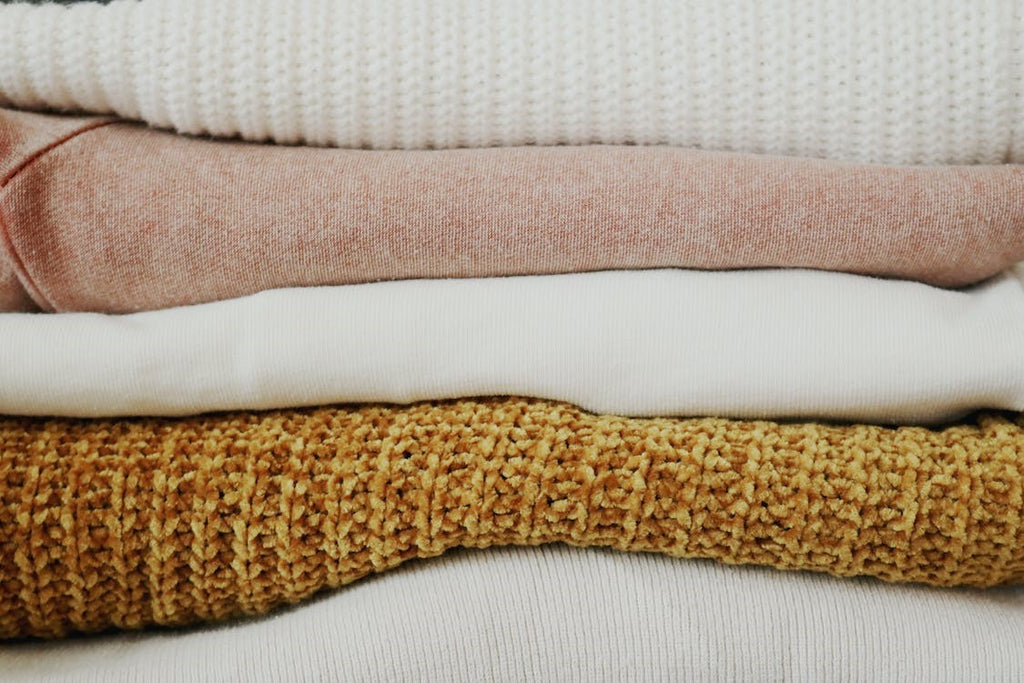Overcoat Fabrics: A Comprehensive Guide
Posted by DANISH FAREED

Overcoats are essential wardrobe staples, serving both functional and aesthetic purposes. One of the key factors influencing the performance and style of an overcoat is the choice of fabric. The selection of overcoat fabric plays a crucial role in determining its durability, warmth, and overall appearance.
In this guide, we will explore various overcoat fabrics, their characteristics, and the considerations for choosing the right one.
Common Overcoat Fabrics
- Wool
Wool is a classic choice for overcoats, valued for its natural insulating properties. It provides excellent warmth, making it suitable for cold weather. Wool overcoats are known for their durability and ability to maintain their shape over time. Additionally, wool has a luxurious feel and a refined appearance, making it a popular choice for both formal and casual overcoats.
- Cashmere
Cashmere is a premium and luxurious overcoat fabric. Derived from the soft undercoat of cashmere goats, this fabric is known for its exceptional softness and warmth. Cashmere overcoats are lightweight yet incredibly insulating, making them perfect for those who seek both style and comfort. However, due to its rarity and cost, cashmere overcoats are often considered an investment piece.
- Camel Hair
Camel hair is another natural fiber used in overcoat fabrics. It is valued for its lightweight and insulating properties. Camel hair overcoats have a distinctive texture and color, often characterized by a rich, tan hue. While not as common as wool, camel hair offers a unique and sophisticated alternative for those looking to stand out.
- Tweed
Tweed is a rugged and textured fabric, traditionally associated with the British countryside. It is characterized by its coarse weave and earthy tones. Tweed overcoats are both durable and warm, making them suitable for colder climates. The texture of tweed adds a touch of character to the overcoat, making it a favorite for those who appreciate a more rustic and heritage-inspired style.
- Cashmere Blend
Cashmere blends combine the luxurious softness of cashmere with other fibers like wool or synthetic materials. This blend enhances the durability and affordability of the fabric while retaining the desirable qualities of cashmere. Cashmere blends strike a balance between opulence and practicality, making them a versatile choice for various occasions.
Considerations for Choosing Overcoat Fabrics
- Climate
The climate of your region should strongly influence your choice of overcoat fabric. For colder climates, opting for wool, cashmere, or camel hair provides the necessary insulation. In milder climates, lighter fabrics or blends may be more appropriate.
- Style
Consider the style and purpose of the overcoat. Wool and cashmere are excellent choices for formal overcoats, while tweed and camel hair may be more suitable for casual or outdoor settings. The texture and color of the fabric contribute significantly to the overall style of the overcoat.
- Budget
The cost of overcoat fabrics varies widely. Cashmere, being a luxury material, tends to be more expensive than wool or synthetic blends. It's essential to establish a budget and explore fabrics within that range, keeping in mind the long-term investment aspect of an overcoat.
Conclusion
Choosing the right overcoat fabric is a nuanced decision that involves considering various factors such as climate, style, and budget. Each fabric has its unique characteristics, contributing to the overall performance and aesthetics of the overcoat.
Whether you opt for the classic warmth of wool, the luxurious softness of cashmere, or the rugged charm of tweed, understanding the attributes of different overcoat fabrics will help you make an informed and stylish choice.






















